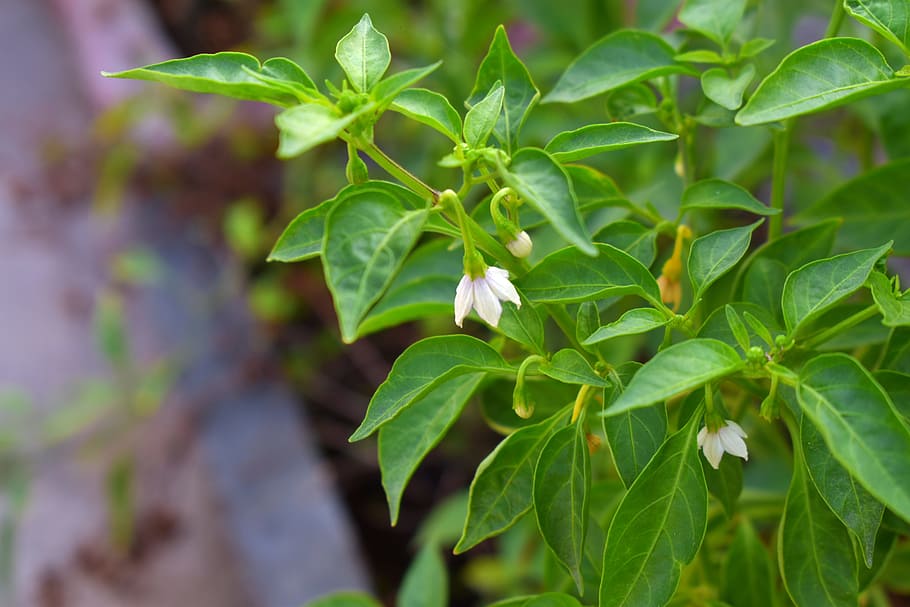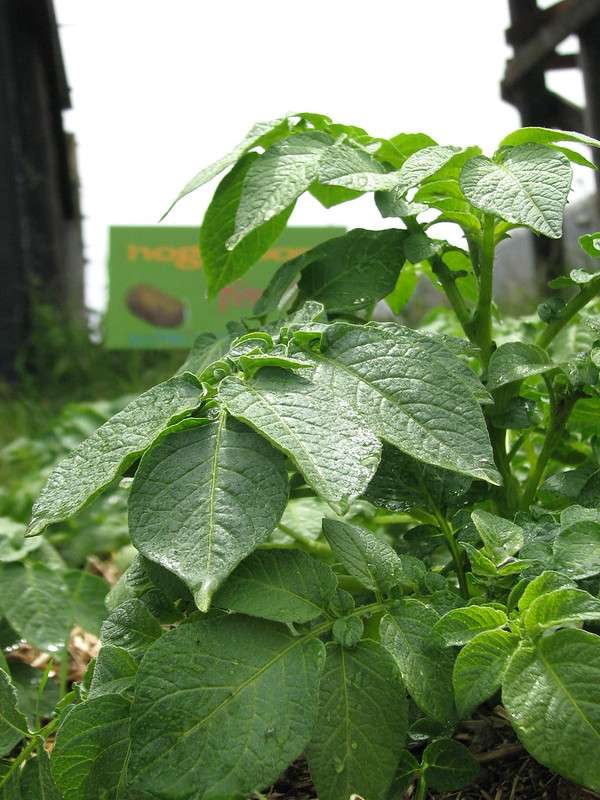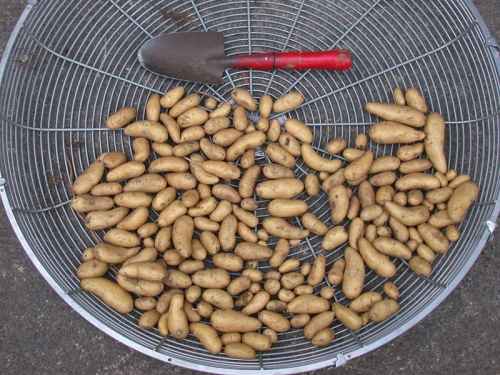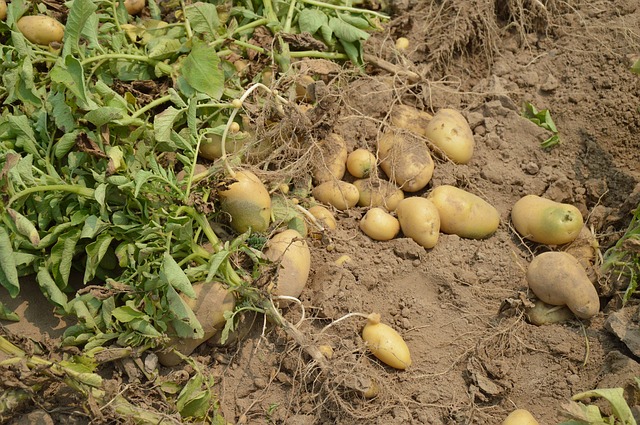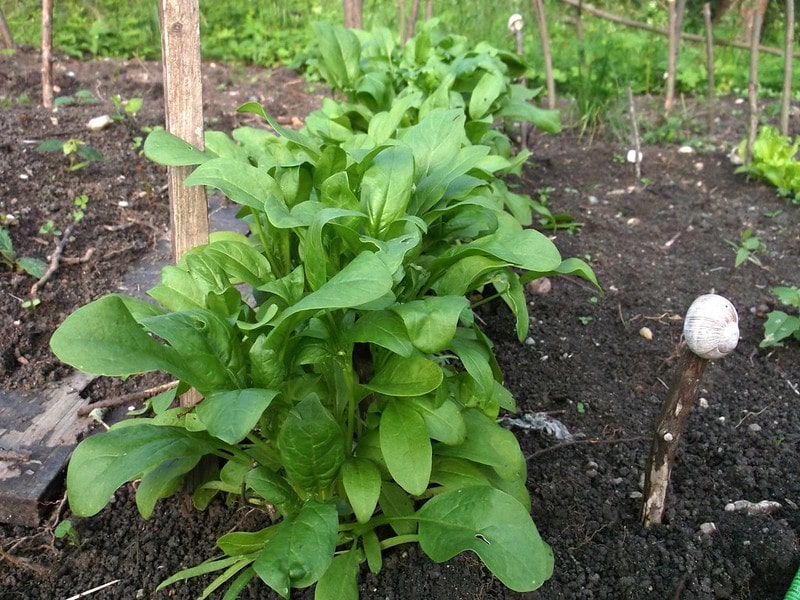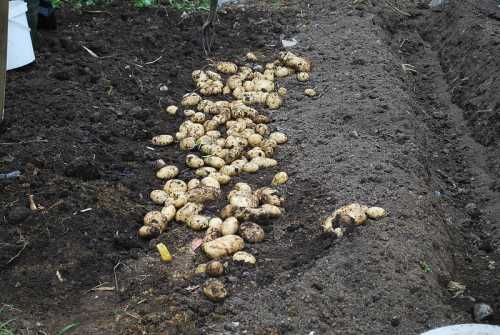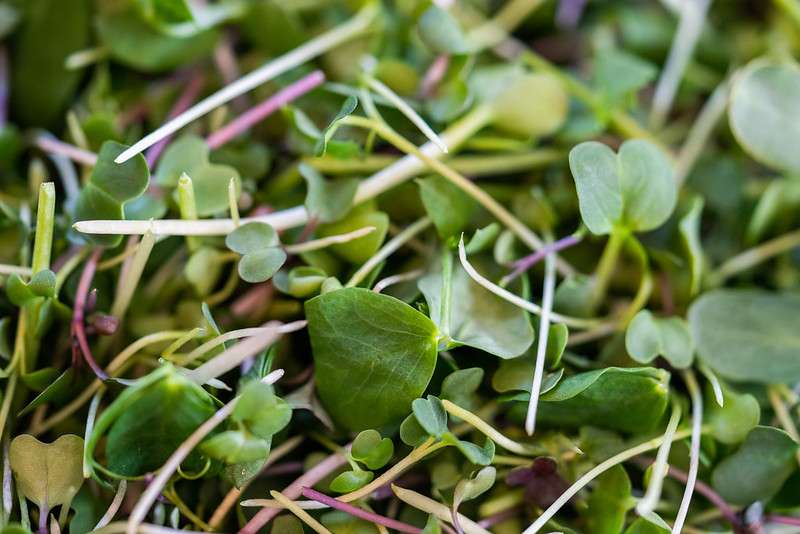It is really fascinating to see a bunch of potatoes from one seed potatoes. This is why most urban living people are turning towards growing their own veggies.
With container and grow bags you can easily grow potatoes or any other vegetables in your apartment space.
One of the most prominent of them is how many potatoes grow from one seed potato. The answer generally varies according to a number of factors, and we will be looking at all of them in the article here.
A quick answer would be, you can grow 8 to 10 potatoes with one seed potato in your backyard.
Additionally, emphasis would also be placed on how to grow your potato plants from a seed to the fullest, by taking routine and easy care of them.
So without any further ado, let us begin the journey of growing potatoes from seed.
How Many Potatoes from One Seed Potato?

The general rule is that you can see about four pieces of an average sized potato from one seed of potato. Some people can witness more but some people might see less potato growth from the seed. It largely depends on how you take care of it.
If you have a single potato seed and plan to nurture an entire garden out of it, you can actually make this true. All you need is the right technique and little patience and you’ll be good to go.
The good news is that you can reap the benefits of this potato property by either placing your plant in a large container, a frozen ziplock bag, or even directly in the soil of your garden.
If you have limited space, you can still enhance the chances of the number of potato plants that you can grow by choosing the right set of tools and techniques.
To know how you can increase the chances of your plant growth, it is first essential to do a comparative analysis. This expects us to have a general understanding of the average yield that is obtained from one single potato seed without any additional efforts.
If the seed of your potato plant is relatively big, then you can easily see about ten tubers growing out one seed of potato. Five is the lowest that it can get with a large potato seed.
It is important to remember that the values mentioned here are just an estimate and can vary significantly depending upon the growing conditions that you put your plant under.
Also Read: Is Cow Manure Good for Potatoes?
What are the most supporting soil conditions?
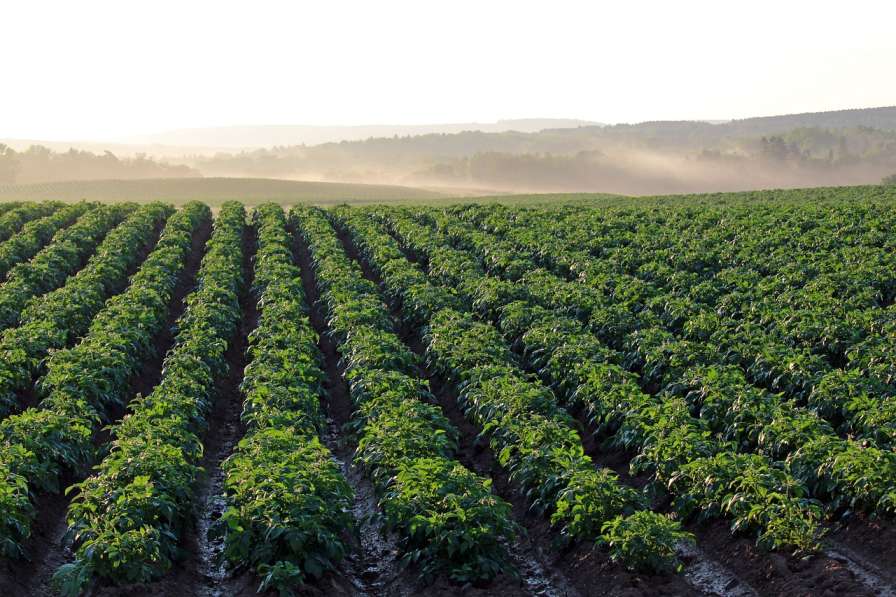
The soil should be kept moist at all parts of the day. Never leave the base of your soil dry and under watered. It can hamper the growth of your potato plant severely.
Always keep your plants at the uphill so that the nutrient supply is directly inclined up to the stems. Hilling the plants in such a way gives them the much needed support they need to grow and further their journey as a full fledged potato plant.
Suitable fertilization should also be provided to the plant with the right proportions of nutrient composition so that the growth is not compromised.
Also Read: How Long Do Sweet Peas Take to Germinate?
How to choose the right kind of seeds for growing potato plants?
One of the most important considerations for growing potato plants from a seed and choosing the right kind of seed is all about whether the chosen seed is whole or is present in pieces.
Instead of the additional 5 to 10 tubers that you can get from each seed, you can also get additional multiple plants out of a single seed.
Take a good look at the number of eyes that your potato seed has. The greater number of eyes that are present on your seeds, greater are the chances that you’ll have more number of plant openings.
Also, pay special attention to where are the eyes placed on your potato seeds. They should be forward looking and not too far away from each other as it can restrict the opportunities of growth for the multiple layers of plant.
If you can, stat away from the potatoes that are available in the grocery stores. They’ve been subjected to artificial environment and present little opportunities for the growth of your plant. They should be the last option on your list.
Diminish sprouting is one of the most harmful conditions that they are subjected to. It can further deteriorate the condition of other plants present in your garden. If you still want to go for grocery brought potato seeds, make sure to select those that are certified as being natural.
If there is a large potato seed available at your disposal, make sure that you use them as a whole.
If the space constraints do no allow you to do so, you can also cut the seed in half, but in a way that there are at least two eyes present on each of the halved seeds. This ensures that adequate number of plants are growing from your seeds even if they split.
A general idea that helps you make an estimate of the potatoes that you can grow from each seed is that for each pound of seed, you can expect the growth of about 25 pounds of a potato plant, or sometimes even more.
While growing your potato seed, make sure that you do not place them too close to each other. A general rule is to space them out at least 12-15 inches apart.
This gives each plant enough space to grow on their own, while interrupting the progress of their counterparts. The optimal yield of the plant should be kept at least 2.5 foot away from the subsequent plants. It will stimulate the growth of multiple potato spuds.
Select the right varieties of potato seeds
Just like no two potato plants are same, no two potato seeds are same and this is an exemplary point that needs to be taken special care of, especially if you want to yield potato plants from the seeds.
Potatoes are known to be of varying varieties ranging from early season, mid season and finally to the main crop varieties. The unique nature of your potato seeds determine how many plants will eventually pop out of the seeds.
As one can already imagine, it is the main crop potato variety that is responsible for giving out the greatest yield.
Check this out: Why Are Eggshells Good for Pepper Plants?
Some of the most popularly known high yielding varieties of potato plants include those listed in the following points:
- Early season crops like the potato maris bard, and Celine.
- Mid season crops like the Daisy Gold that easily gives 3 to 5 eyes yields 5 to 8 lbs per potato seed, Kennebec that has similar growth statistic like daisy gold, and almera.
- Main crop potato seeds like Agria, Car, Hermes, Kondor, and finally the Maris Piper.
Identify the right growing technique
A large part of how your potato plants respond to the potato seeds include the growing techniques that you ascribe to. The yield largely has to do with how you are choosing to grow the plant. Here are some of the most effective potato plant growing techniques that you can follow for a healthy yield:
Make sure that you do not subject your plants to very high temperatures, that is above 75 degrees Fahrenheit. Under such conditions, your plant effectively stops producing new tubers.
If you want little yields but those that are significantly greater in number, then you should probably look for small spaces to grow your potato seeds. These are the most empirically tested and efficient methods to grow your plants from the seeds.
Overall, almost any growing method you choose would produce a healthy yield. To know the average size that each method leads to, refer to our information below:
- Raised beds lead to an average growth of 2.4 lbs.
- Wire bin leads to an average growth of 0.7 lbs.
- Pot leads to an average growth of 0.6 lbs.
- Grow bag leads to an average growth of 0.58 lbs.
Also Read: What Size of Container Do I Need, to Grow Cucumbers?
How to effectively increase your potato yield?
Even after following the aforementioned tips you are suffering from the situation of a low potato yield, it is about time that you start to apply the following practices into use:
Keep your soil well drained and very light throughout the growing season.
Try growing your potatoes in hills. It helps to support the stems of your potato plants and is highly beneficial for underground growing plants. Do not expose the entire plant to sunlight. Instead, continue to hill them as they grow for seeing maximum productivity.
Since potatoes do not have very deep roots, they demand constant water from the care taker. As mentioned before, keep your soil moist and well drained, but not soggy or it can lead to conditions of root rot.
If you still face issues, try mulching your soil frequently. It is an easy and effective technique to help retain maximum moisture from the soil.
The pests, bacteria, and diseases that affect one plant are soon to be spread to other plants as well as they are highly communicable. To minimize the destruction, spot early signs of disease in your plant and leaves and remove them from your garden immediately.
If only a few parts of your plant are affected, like the leaves, consider removing them from the plant and you’ll be fine. Also, spot signs of root rot in your plant and carefully replant your produce before it makes much destruction to the rest of the plant.
Pay special attention to the fertilization needs of your plant. Your plant needs fertilizers for meeting its macro-nutrient goals and to amplify maximum growth. Most people tend to overestimate this need, but it shouldn’t be overlooked.
Your potato plants generally seek for a fertilizer that presents a balanced composition of nitrogen, potassium, and phosphorus.
The recommended composition ratio usually varies from 5-10-10 to 10-10-5 on the NPK scale. Consider not to use fertilizers that are heavily concentrated on nitrogen. It can be harmful in the long run.
Expose your plant to ample amount of sunlight for the absorption of nutrients and the conduction of photosynthesis.
Sure, the potato plants do not like to be put under high temperatures, but avoiding them of complete sunlight can do more harm that good. If natural sunlight is not available, try arranging for conditions of artificial light.
Conclusion
Instead of rushing to the grocery store every time you run out of potatoes, you can grow potatoes in your house garden and keep the worries forever. Exciting news is one seed of potato can give you multiple potato plants. We have mentioned how to take care of these yields in the article above.
We have also listed a few easy and efficient ways to get the best out of your potato seeds at home. Do not forget to apply these principles as mentioned, or you might fail to see the desired results.


